Open Cell Foam In Crawl Space
LOTO
11 years ago
Featured Answer
Comments (14)
renovator8
11 years agoLOTO
11 years agoRelated Professionals
Suamico Design-Build Firms · Bell General Contractors · Cape Girardeau General Contractors · De Pere General Contractors · Middletown General Contractors · Mount Vernon General Contractors · Nampa General Contractors · New Braunfels General Contractors · Newington General Contractors · North Smithfield General Contractors · Parkville General Contractors · Randolph General Contractors · Shaker Heights General Contractors · Springfield General Contractors · Travilah General Contractorsnini804
11 years agoworthy
11 years agoLOTO
11 years agoAnnie Deighnaugh
11 years agoLOTO
11 years agoenergy_rater_la
11 years agogooddog67
7 years agoworthy
7 years agolast modified: 7 years agogooddog67
7 years agojust_janni
7 years agoSpringtime Builders
7 years agolast modified: 7 years ago
Related Stories

MATERIALSInsulation Basics: What to Know About Spray Foam
Learn what exactly spray foam is, the pros and cons of using it and why you shouldn’t mess around with installation
Full Story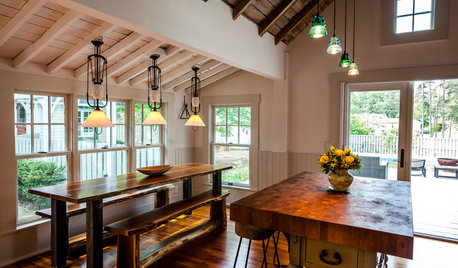
KITCHEN DESIGNKitchen of the Week: Rustic Space Opens to Herb and Vegetable Gardens
Well-chosen recycled and repurposed features create a North Carolina cottage kitchen with a distinctive look and personality
Full Story
GREEN BUILDINGEcofriendly Cool: Insulate With Wool, Cork, Old Denim and More
Learn about the pros and cons of healthier alternatives to fiberglass and foam, and when to consider an insulation switch
Full Story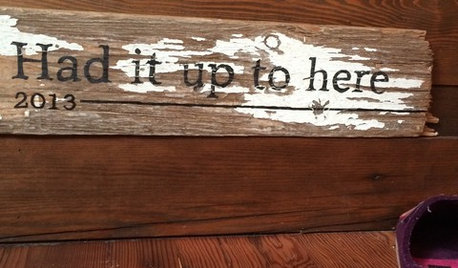
DISASTER PREP & RECOVERYFamily’s New Style Rises in the Aftermath of a Flood
After their damaged walls are demolished, homeowners realize they like the open space and decide to keep it
Full Story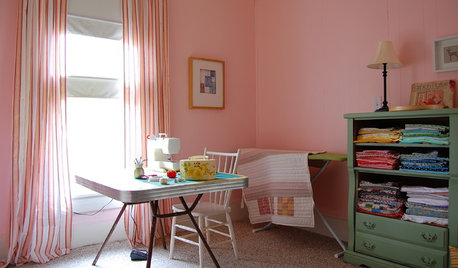
STUDIOS AND WORKSHOPSA Stitch in Time: Creative Sewing Spaces
Sewing rooms have become popular again as people of all ages embrace simple crafts they can do at home
Full Story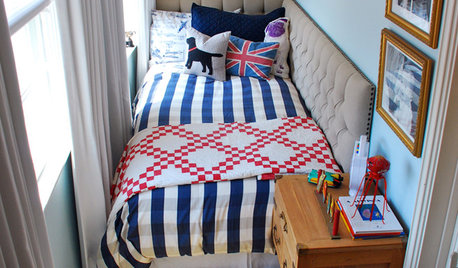
SMALL SPACESSmall Sleeping Nook, High Comfort
It's just big enough for a bed and a dresser, but this boy's 12-by-4 sleep space is comfy-cozy
Full Story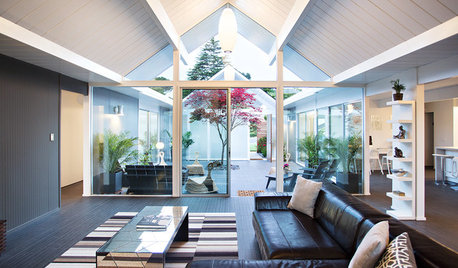
HOUZZ TVHouzz TV: Reinvigorating a Gable Eichler for a Family
Its classic open atrium remains, but updates help this California home meet today’s codes and quality standards
Full Story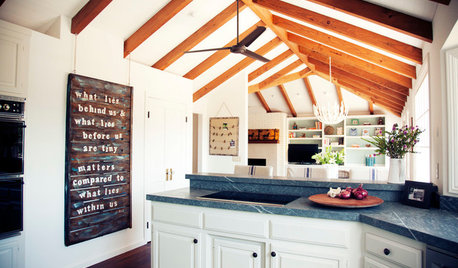
KITCHEN DESIGNKitchen of the Week: Keeping It Casual in a Modern Farmhouse
Raised ceilings and knocked-down walls create a light, bright and more open barn-like kitchen in California
Full Story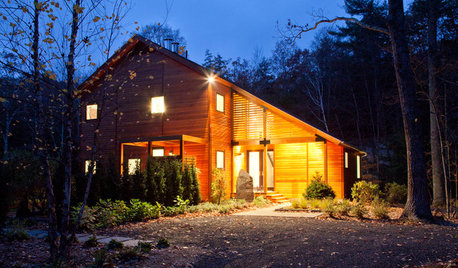
CONTEMPORARY HOMESHouzz Tour: Strong, Modern Lines Stand Up to the Trees
Modernism takes kindly to the New York woods, with double-height ceilings for openness and a burbling creek for music
Full Story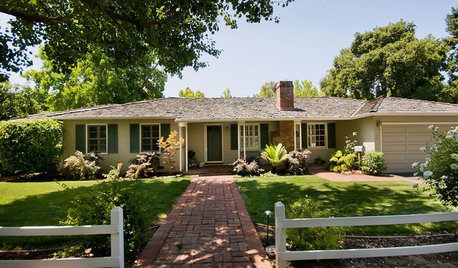
ARCHITECTURE10 Advantages of the Humble Ranch House
Boomer-friendly and not so big, the common ranch adapts to modern tastes for open plans, outdoor living and midcentury mojo
Full Story





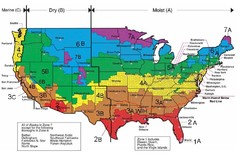
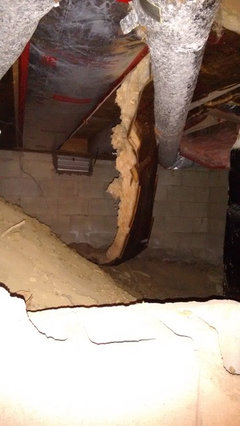



worthy